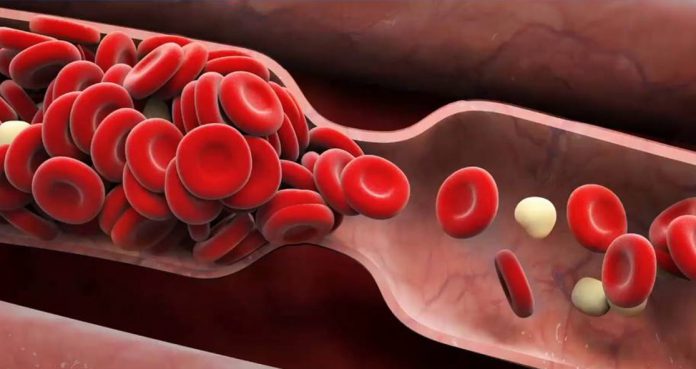Scientists have discovered a new technique in which the body regulates blood clots. The discovery of this technique could lead to the development of better medical interventions that could help treat and prevent conditions such as stroke, heart diseases, and even vascular dementia.
Researchers at the University of Exeter said the technique investigates a part of the blood-clotting process that focuses on the ways in which platelets clump together.
The study was published in the journal of Hematologica.
Researchers mentioned, “This method may be useful for future studies looking into new anti-platelet treatments for diseases such as diabetes, where clotting is disturbed and increases the risk of heart attack or stroke.”
They discovered that an enzyme called “NADPH Oxidase” plays an important role in generating free radicals, stimulating blood clotting, and promoting blood vessel damage.
The researchers have successfully used this new technique in mice as well as human cells. The aim of the study was to understand the functioning of the blood cells function, which will further help to test the risk of blood dyscrasias in patients and to produce new drugs against blood-clotting disorder.
Dr. Giordano Pula, the lead author, said, “We’re really excited to discover this new technique and its potential to understand how blood vessel diseases develop. For the first time, we can now simultaneously measure blood clotting and the formation of free radicals.” Pula added, “We know they play a key role in blood vessel damage caused by ageing, diabetes, obesity and chronic inflammation. We’re currently using this technique in our efforts to develop a new treatment to protect the blood vessels in diseases such as heart diseases, stroke, obesity, and vascular dementia.”





















